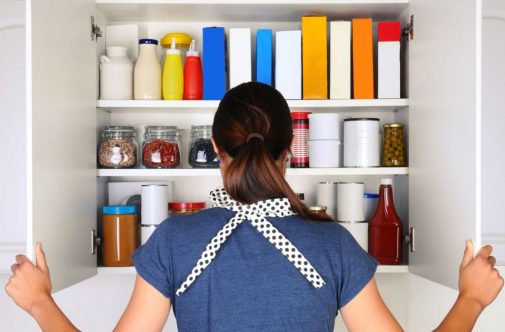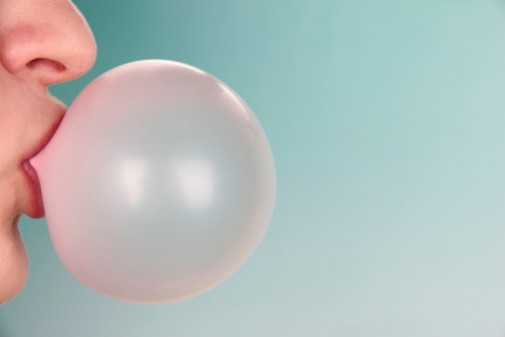Here’s how mother nature can make your house – and you – unhealthy

Dr. Uma Gavani, an allergy and asthma specialist affiliated with Advocate Christ Medical Center in Oak Lawn, Ill, outlines five ways tracking nature indoors can affect the cleanliness of your home and cause potential health issues, such as frequent colds, asthma attacks, breathing difficulties and allergies.
- Wearing outside shoes in the house: Your shoes pick up dirt, allergens, bacteria, viruses and other pollutants. Some pollutants you see when dirt and debris get tracked in, but some are invisible and deposited throughout your home as you walk around. Take off your shoes as soon as you enter the house and put on slippers or shoes reserved just for home wear.
- Wearing yard work clothes in the house: As with shoes, the clothes you wear to garden, mow the yard, shovel the driveway or work out attract pollen and mold spores, as does your skin. Remove these clothes and shoes in a mud room, at your entrance or in your garage, and hit the shower right away to avoid tracking pollutants throughout your home. (Leave a robe where you will change as needed, but then be sure to wash that, too!)
- High humidity: If your home suffers like your hair with elevated humidity (anything above 45 percent), it may become a breeding ground for mold. High humidity and moisture encourages mold growth and can even affect drywall, allowing mold to spread behind walls. In addition to mold, too much humidity can also attract dust mites, which can cause allergic reactions and other health issues. Be sure to run fan vents during and for about 20 minutes after showering and cooking. Open windows when the air outside is on the dry side, and use a dehumidifier in the basement when humidity is high.
- Water damage: If a window leaks or your basement floods when it rains, water damage can hurt the health of your home by inviting mold inside if not properly cleaned. If you notice cracked or peeling paint, soft spots or warps on walls or ceilings, gaping trim, buckling and warping floorboards, condensation on your windows, or white mineral deposits on wood trim or floors, it’s time to have those corrected as they can promote mold growth.
- Dust: Dusting is often high on many folks cleaning routines, which is good, as house dust includes dirt, dander from pets and fecal particles from dust mites. When dusting, start from the top down using a damp cloth. In addition, replace or clean your HVAC filter at least every three months, clean vent fans, use a vacuum cleaner with a HEPA filter and clean or replace the vacuum bag regularly, and wash bedding and other textiles often. Remember to take off your shoes at the door and take the time to wipe the paws of your pets before they come back inside.
Related Posts
Comments
One Comment
About the Author
Kate Eller was a regional director of public affairs and marketing operations for Advocate Health Care. She enjoys road trips, dogs, minimalism, yoga, hiking, and “urban hiking.”


















I appreciate this info. Trying to get other household members to follow through can be a challenge. I have one person, who visits often, will not remove their shoes. I need to get the dehumidifier running again.
Thanks for the info concerning problems with damp floors and walls in the basement. We moved into this house 3 years ago and did have the unfinished basement floor painted. I just recently noticed the peeling painted and white crust on the floor. Need to call someone in on that.
Thanks again…